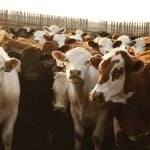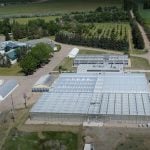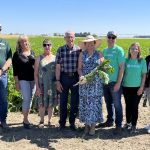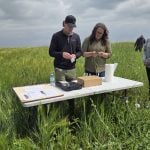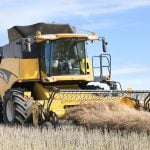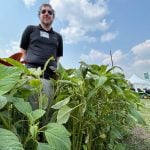OTTAWA — Farmers recognize the public wants proof of environmental sustainability, but they say meeting those demands shouldn’t pose a burden for farmers.
Delegates to the second summit on developing a national environmental farm plan heard that a national standard can’t result in onerous paperwork or extra costs.
Several speakers said a national EFP must be easy to complete and offer value to producers as well as consumers.
Graeme Finn, who farms and ranches near Madden, Alta., said doing business on the ranch used to be all the verification customers needed. In today’s international marketplace, that is no longer so.
Read Also
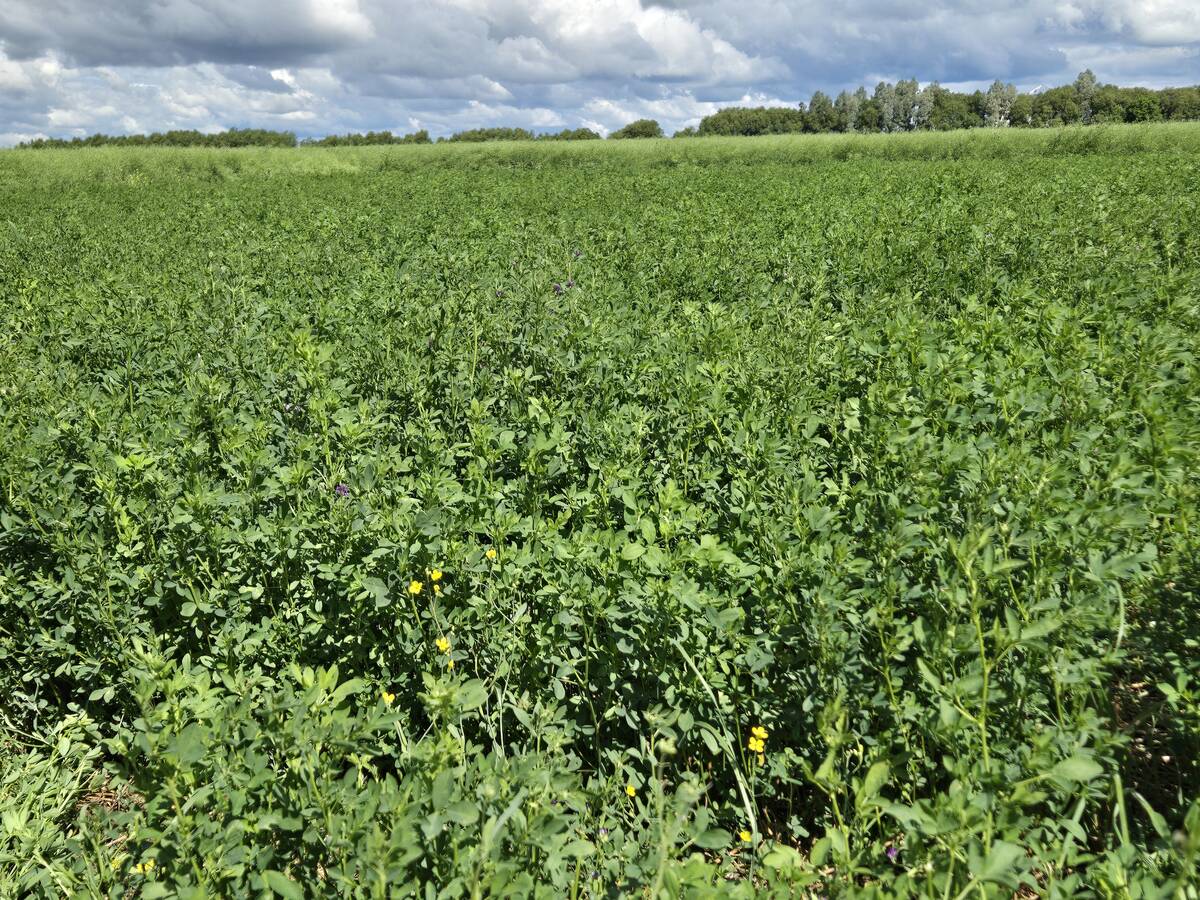
Manitoba Parkland research station grapples with dry year
Drought conditions in northwestern Manitoba have forced researchers at the Parkland Crop Diversification Foundation to terminate some projects and reseed others.
He and his wife, Heather, completed their EFP in 2006. They own 70 breeding cows and manage another 305 with her family. In the summer, they buy between 500 and 1,000 yearlings to run on grass. They rent about 60 percent of their land.
“That’s where I really find the environmental farm plan works for us,” Finn said.
His landlords have confidence he will operate on their land the same way he does at home, he said.
The Finns graze year-round on native grass for calving, a high-legume pasture during the summer and swath grazing in the winter. Electric fence keeps cattle contained but allows elk, deer, moose, bear and cougars to move through, he said.
He told the conference how he moves cattle daily, how his watering systems are managed and about shelter belts.
All his practices should give consumers comfort, but he said the public at large doesn’t necessarily know what he does.
“If we were regulated like the oil patch is, well, we couldn’t afford to do business,” he said. “But I think we still should be regulated to make us accountable for what we do.”
He said there has to be a way to distinguish an environmentally sustainable operation from others who don’t follow best practices. However, he agreed that Alberta farmers, in particular, would protest a compulsory verification similar to the way they spoke against other regulations, such as workers’ compensation.
Finn also said farmers should receive value for being verified through an EFP and other programs such as Verified Beef Production Plus and McDonald’s Sustainable Beef program, in which he also participates.
He said there is no benefit for farmers when they want to apply for lending or Growing Forward programs.
“We seem to go just in the pile with everybody else,” Finn said.
Doug Sell from north of Strathmore, Alta., said having an EFP is likely not enough when it comes to consumers.
He completed his plan about a dozen years ago and said he can demonstrate improvements over his 39 years of farming through better fertilizer and chemical management, reduced tillage and better soil organic matter and tilth.
However, just saying so isn’t sufficient.
He suggested the Canadian Food Inspection Agency is a place to start for verification.
“I feel like when the consuming public is looking for a metric like sustainability or verification, and that metric is for the public good, then the public purse, like the CFIA or something like that, should ante up,” he said.











